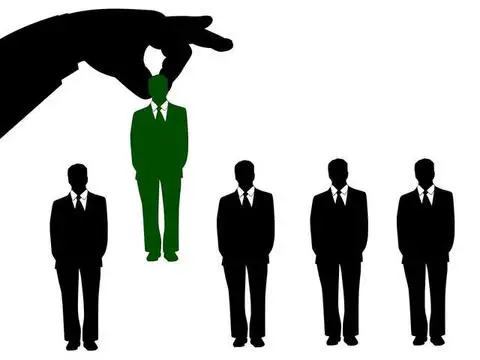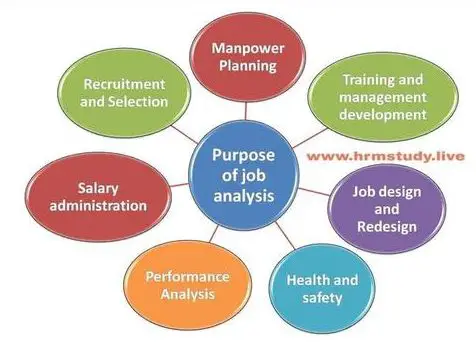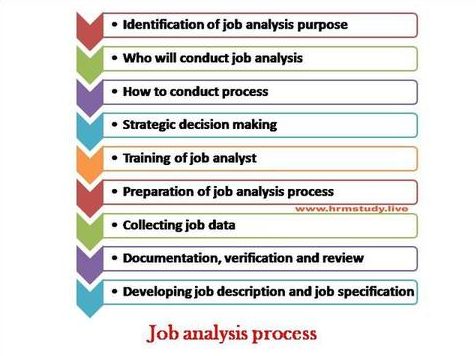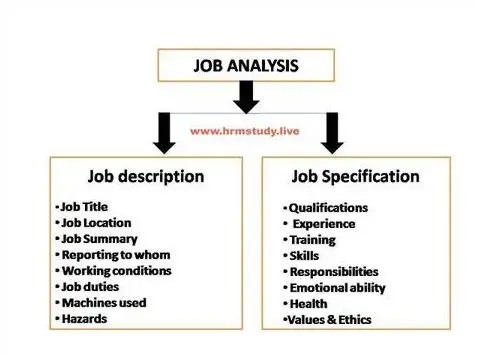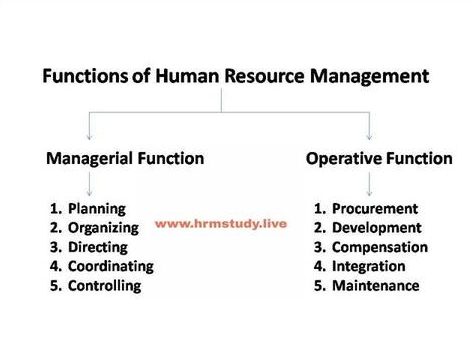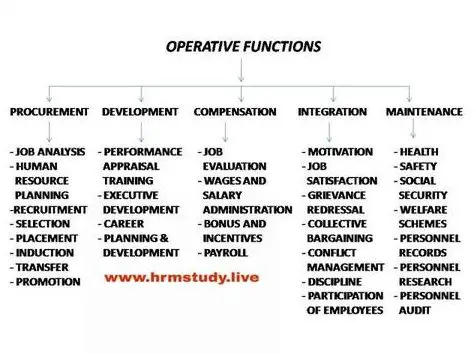Training and Development Introduction
What is Training and Development?
Training and Development is a continuous process of skill development of the employees working for any organization in accordance with changing environment. It is a core function of the human resource management.
Training and development of employees is the process of obtaining quality output from employees. It is the most common and continuous task performed in almost every organization for updating skills and knowledge of employees.
Training and development for employees is essential because it improves their working skills, enhance knowledge and ability to perform their task effectively which results in the long running success of the organization.
Training and Development Meaning
Training and development in HRM is simply an organised process for enhancing the skills and knowledge of people for performing a particular job. It is a learning process involving the gaining and enhancing of skills and attitudes.
Training is continuous process because a person never stops learning. The purpose of training is to improve the current performance and to mold the behavior of people so that they can perform their jobs in a better way.
Development means growth of employees in all aspects which includes education, learning and training. The level of development of the employees is higher which concerns with the senior managers.
Training Definitions
- According to Dale. S. Beach, “Training is a organised procedure in which people working for any firm learn knowledge and skill for definite purpose”.
- According to Jucius, “Training term used here indicates only process by which the abilities, skills and aptitudes of employees are increased to perform specific jobs”.
- According to Elppo, “Training is the act of increasing the knowledge and skill of an employee for doing a particular job.
Training and Development Importance
There are various benefits of training and development to employees as well as the employers/organization. Some important training and development advantages are;
Training and Development Benefits to Employers
- Increased Productivity. Increase in the skills of the employees, usually enhances quality and quantity output. Training increases the skills and efficiency of the employees for doing the job in a effective manner which results in the increment of the productivity.
- Reduced Supervision. when the employees are well trained for their jobs than they can perform better even in the limited supervision.
- Reduced Accidents. According to the survey, maximum accidents are caused due to the deficiencies in the skills of the people than the deficiencies in the working conditions. So proper training of employees reduces the chances of any accident.
- Ensures flexibility and stability. Continuous and timely training of the employees make the organization more competent and enables it to overcome shortages of skilled personnel.
- Economy in Operation. It is a well known fact trained personnel are capable of doing their tasks with care and caution. The wastage of time, energy, and materials is minimized and cost of production is reduced.
Training and Development Benefits for the Employees
- Increase in morale of employees. Training enhances the morale of the employees by relating their skill with the job requirements. Training builds the confidence in the employees and they see their jobs in more meaningful ways.
- More employment opportunities. A trained employee gets more employment opportunities as compared to untrained employee because every firm wants the trained and capable employees.
- More adaptability. As the trained employee can better understand the nature of his job. And he can adapt the changes which are introduced in the working environment due to the changes in the market conditions.
- Compensates incomplete education. At the time of joining the organization the employees have only theoretical knowledge about the work and training provides the practical knowledge to them, which makes the employee more efficient.
- More chances of promotion. Training enhances the knowledge and skills of the employees which results in the more chances of promotion because the employees who have more knowledge and skills are considered more efficient as compared to employees who have less knowledge and skills.
Training and development Objectives
- To increase productivity.
- To develop first line supervisors to become a most effective mode of management.
- To bring out more cordial relations, i.e. employee and employer relations.
- To enhance morale of the employees and team spirit of the workers.
- To enhance co-operation and co-ordination effectively at all levels.
- To impact various social and supervisory skills.
- To develop the people for higher performance by utilizing the knowledge, experience and inherent abilities.
- To enhance knowledge and optimum use of resources.
Need of Training
Training acts as the bridges which connect the gap between the job requirements and employee’s present capabilities. Every organization should provide training to its workforce due to the technological changes and automation.
There is a need of training due to the following reason;
New Environment;
When a new employee comes to work he is unaware about the environment of the organization. Therefore, he should be given some training to make him familiar with his co-workers, superiors and company’s rules and regulation etc.
Such training is known as induction or orientation. It enables the new employee to obtain self confidence and to make him adjustable with the new environment. Training makes the new employees efficient.
Faculty Methods;
Due to lack of training some employees use inappropriate ways of doing work which will definitely result in wastage and inefficiency. Training is required to remove these defects.
This type of training may be called remedial training to employees which teaches them correct methods and behavior patterns.
Prevention of Accidents;
Training is needed to prevent industrial accidents. For this purpose, safety conscious must be created among the employees so that they realize the significance of safe working.
Moreover, they should be given instructions in the use of safety devices. Such training is known as safety training.
Career Development;
When persons working at lower levels are promoted to higher positions, they require training in the higher job. This is necessary to provide opportunity for advancements to the employees.
Such training may be described as promotional training. It simplifies the problem of executive succession and helps to ensure the continuity of the organization.
Types of Training
1. Vestibule Training;
This term is used to designate training in classroom for skilled production and clerical jobs. Under this method employees are trained in a special training center (vestibule) within the plant.

In vestibule training a working environment is created as like the actual work conditions of the work place. Then some qualified and trained instructors provide the training to the people carefully under the well planned and controlled learning conditions.
2. Apprenticeship Training;
In this method the trainees work as apprentices under the direct supervision of experts for a long period and some stipend is paid to them during the training period.
Trainees are imparted knowledge and skill in doing a particular crafts or a series of related job.
3. Job Rotation;
In this method the trainee moves from one job place to another, so that he can know to work on all the seats. This type of training is common for the employees of general management positions.
Under this method trainee understand the problems of the other seats while working on that seats. Such movement may be for the period ranging from 6 months to 2 years before a person is established in a particular job.
4. Internship Training;
This training basically helps to create the balance between the theoretical knowledge and the practical skills required to perform a particular job. It is combined effort of the educational institutions and business organizations.
In this method the theoretical knowledge is imparted by educational institutions and practical knowledge is imparted through business organizations.
Related Posts;
Human Resource Planning Process
